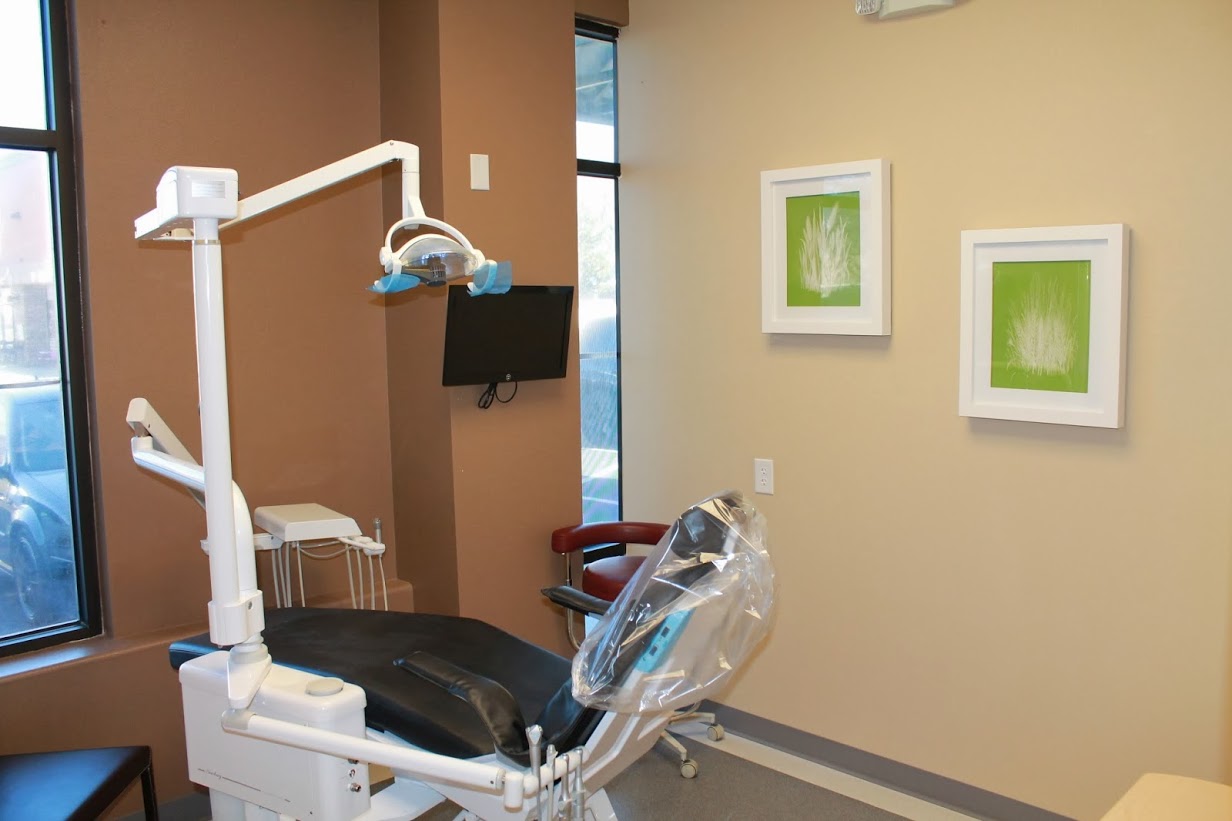Minimal Sedation:
Generally, sedation is minimal, intended to reduce anxiety while allowing the patient to respond to the dentists’ instructions. Depending on the severity of a patient’s fear or pain threshold, higher levels may be used. During minimal sedation, the patient is awake but relaxed, fully conscious and aware. During moderate sedation, a patient may not remember much but is responsive to dentists’ instructions. This is the most common practice, and the reason “sleep dentistry” is a frequently misused term.
Deep Sedation:
During deep sedation a patient is placed at the brink of consciousness, but able to be quickly woken. Sometimes sedation dentistry is called sleep dentistry. This is sedation dentistry at its highest level. By using a general anesthesia that renders the patient unconscious, large amounts of work can be accomplished without a patient suffering through it. Most sedation dentistry requires a level of consciousness for safety and cooperation. The better the control the dentist has oversedation, the easier the procedure is.
Different methods of sedation can include nitrous oxide, oral pills, or an I.V.

-
- The most common method used is nitrous oxide, also known as “laughing gas”, taken through an oxygen mask. This allows the dentist to control how aware a patient is, wears off quickly and leaves the patient alert as if having a short nap after the procedure is complete.
- The most common pill given is Halcion, which is a drug prescribed primarily for light insomnia. It has a fast onset and lasts only a short time, about one to two hours, ideal for a dental session.
- IV’s (intravenous) are normally used in moderate sedation as they work quickly and can be monitored by the dentist to control how sedated a patient is.
As well as these sedation methods, a local anesthetic is typically used, numbing the site the dentist is working on. If you have any questions about this procedure, don’t hesitate to speak to your dentist.

 There are many reasons why a patient would benefit from sedation dentistry.
There are many reasons why a patient would benefit from sedation dentistry.




















